The Gift of South Dakota
Subscriptions to South Dakota Magazine make great gifts!
Subscribe today — 1 year (6 issues) is just $29!
History Lives in Union County
Sep 6, 2016
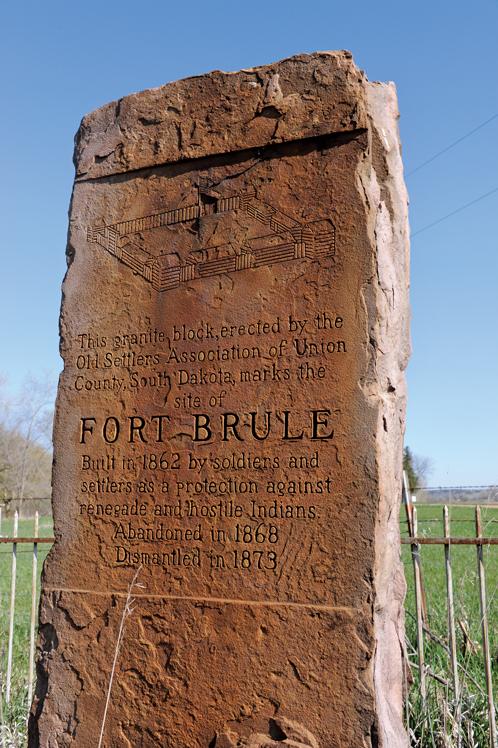 |
| A granite block marks the spot of old Fort Brule in Union County. |
It’s hard not to bump into history when you visit Union County in the far southeastern tip of South Dakota. It’s among the oldest counties in the state, one of 10 created by the first territorial legislature in 1862. It was originally called Cole County after Austin Cole, a member of that legislature, but strong Union Army sentiment during the Civil War led to the name change two years later when its boundaries were redrawn.
The military played a role in the early years of Union County. The Sioux City to Fort Randall Military Trail was put into use in 1859, and crossed into present-day South Dakota at Jefferson near a railroad bridge that spans the Big Sioux River, which serves as Union County’s eastern border. Though the trail itself has all but vanished, important stops can still be found between Jefferson and Elk Point along Highway 1B. Twelve Mile House, so named because it lies that distance from Sioux City, was a post office and stage stop as far back as 1861. The structure still stands, though it is unoccupied and deteriorating. Just 2 miles away is Fourteen Mile House, a log house built in 1861 by Frenchman Frances Reandeau whose name was carved on one of the logs. Originally a post office and hotel, it has been modernized and resided, and serves as a private residence today.
History seekers can head 5 miles north of Elk Point on Highway 11 to the junction with Highway 50, another important site in Union County and South Dakota history. St. Paul Lutheran Church, built in 1863 and the first Lutheran church in the Dakotas, stands 1 mile west. Less than a mile to the east is the site of old Fort Brule, built in 1862 following the Dakota Uprising in Minnesota. Finally, just a half-mile north is a memorial to Norwegian novelist Ole Rolvaag, the author of Giants in the Earth who worked as a farmhand in Union County after his emigration in 1896.
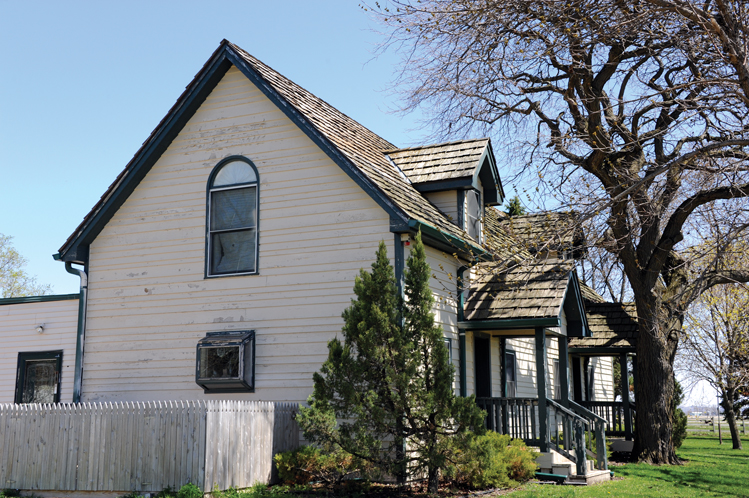 |
| The 14-mile house is one of several points of interest along the old Sioux City to Fort Randall military trail. |
There are also historic places in Elk Point, such as Edgar’s Soda Fountain inside Pioneer Drug. Kevin and Barb Wurtz have been serving ice cream sodas, sundaes, phosphates and other old fashioned treats there for 25 years. The soda fountain made its debut in Centerville in 1906, where it served up ice cream at the local drugstore for nearly 50 years. When pharmacist Edgar Schmiedt, Barb’s grandfather, retired in the 1960s, he put the old fountain in storage. He gave it to Barb and Kevin, and in appreciation they named their Elk Point store in his honor.
Farther south at Jefferson, you’ll find tangible historic reminders of the strong faith that Dakota homesteaders possessed. Grasshopper swarms destroyed thousands of acres of crops in the 1870s and not only ruined farmers but also entire towns. Father Pierre Boucher was determined that town of Jefferson would not meet the same fate. He announced during Mass one Sunday in the spring of 1876 that he intended to lead a spiritual retreat to rid the territory of grasshoppers. The next morning, Protestants and Catholics alike met 2 miles south of Jefferson. Bearing a cross, Boucher led the group on an 11-mile pilgrimage. They placed crosses at four points, plus another in the cemetery at Jefferson. Not long after, dead grasshoppers were found near the Big Sioux and Missouri rivers.
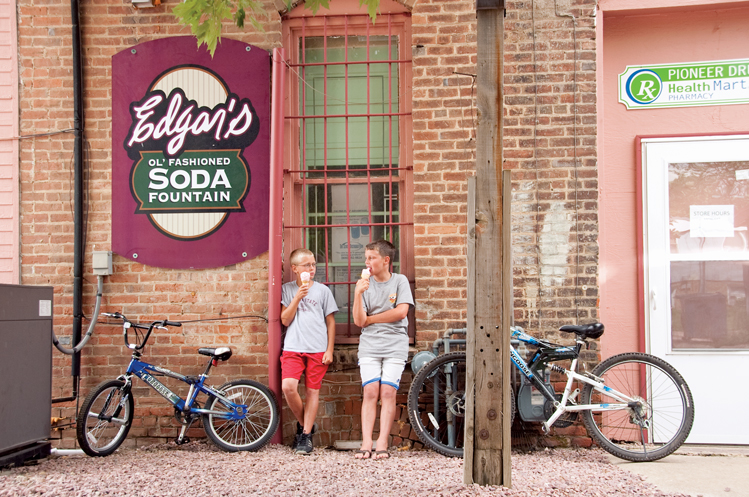 |
| Edgar's Soda Fountain serves ice cream and other cold treats. |
The old wooden cross in town stood until decay finally claimed it. A replacement was built in 1967, and can still be seen outside St. Peter’s Catholic Church. Other crosses are found 4 miles northwest of Jefferson on County Road 1B near the Southeast Farmers Coop Elevator and another is near the corner of 330th Street and 480th Avenue west of Jefferson.
The Adams Homestead and Nature Preserve in the very southern part of the county mixes history with outdoor adventure. Stephen Adams homesteaded on the property in 1872. His granddaughters, Mary and Maud Adams, donated the 1,500 acres to the state in 1984, wanting to create a peaceful place where visitors could recharge. In addition to its restored homestead buildings, the acreage includes 10 miles of trails that wind through prairie, stately stands of old cottonwoods and along the Missouri River valley.
The tiny hamlet of Nora was never a big town, but its historic general store draws hundreds of people during the holidays. Mike Pedersen set up an old pipe organ in the store in 1989, and hosted a party for the neighbors. People have come ever since for his holiday sing-alongs held the three weekends after Thanksgiving.
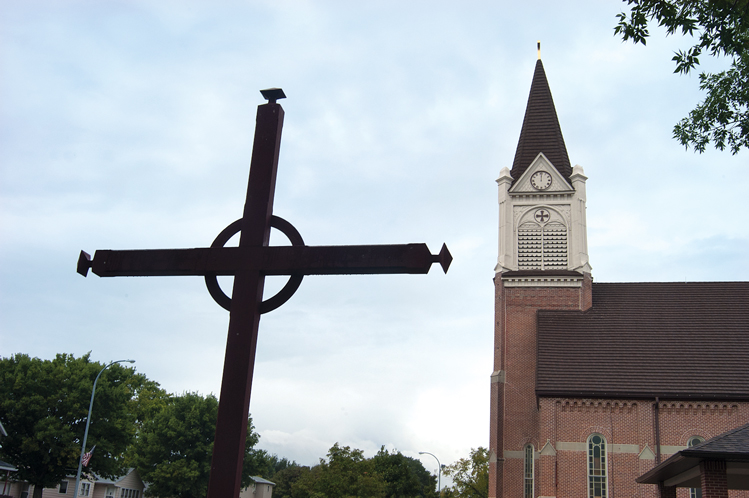 |
| The original grasshopper crosses were erected in 1874 in a faithful attempt to ward off the insects. Replicas stand in Union County today. |
The Nora store officially closed in 1962. Pedersen lived in the back room from 1973 to 1985 while seed corn was stored up front. He now lives in the storekeeper’s house next door. On sing-along weekends, Pedersen plays the organ and leads carols at the top of his lungs. Neighbor women bring cookies, and Pedersen makes coffee and cider. Guests select the tunes, Pedersen plays them, and when his fingers get tired he makes room for somebody else.
The town of Alcester also has a musical connection to South Dakota history. DeeCort Hammitt was a teller at the Alcester State Bank in the 1920s, but his real love was music. He led the Alcester Town Band, which entertained President Calvin Coolidge during his summer vacation at Custer State Park in 1927. They went to the Chicago World’s Fair in 1933 and 1934 as the official agricultural band. He wrote and published many songs, including "To a Prairie Lullaby" for Lawrence Welk, who often played at The Ritz, a dance hall near Beresford, in the 1940s. But Hammitt is best remembered for composing South Dakota’s official state song, "Hail South Dakota," in 1943.
Thousands of cars zoom through Union County every day on Interstate 29. But it’s worth it to get off the interstate and spend a day driving the rural roads, because Union County packs a lot of history into 467 square miles.
Editor’s Note: This is the 28th installment in an ongoing series featuring South Dakota’s 66 counties. Click here for previous articles.


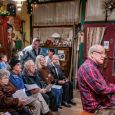

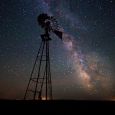

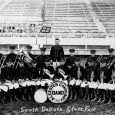



Comments
Thanks paul
was born in South Dakota, married May Cecelia Sell in Lake Andes in 1918 was the son of Francois Alphonse and Julia Reandeau. Sounds like we are related! Where do find the book “The Black Robe” ? Thanks for the great information.